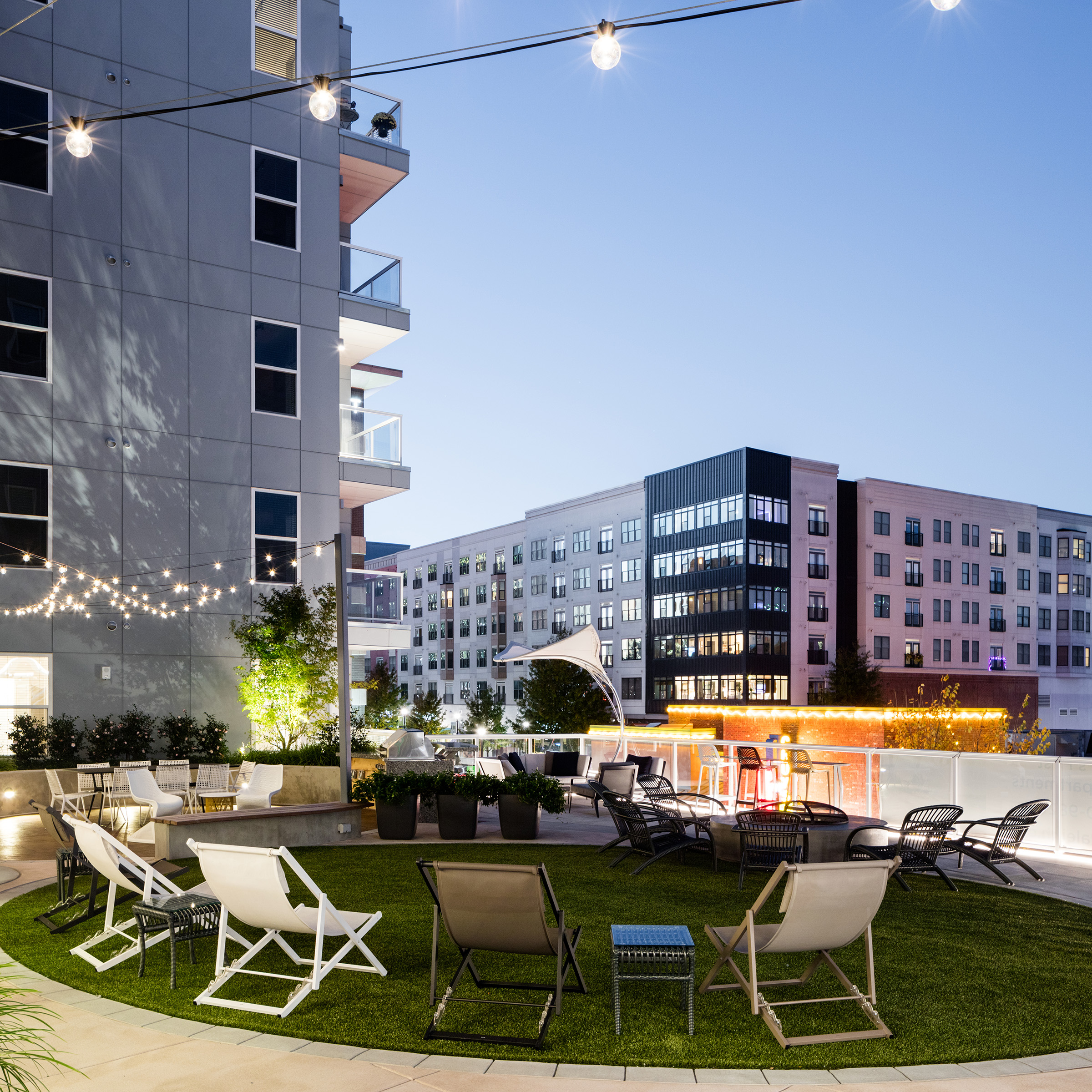Despite 2022’s tremendous shakeup in the capital markets due to rising interest rates and the resulting commercial real estate (CRE) slowdown and re-trades, investors may have still found a solid place to take a stand. That is, in part, thanks to the multifamily sector’s advantageous supply and demand struggle.
Although multifamily investment volume decreased by 19 percent year-over-year in 2022, the $278.8 billion transacted was still the second largest annual total on record, according to CBRE. That impressive aggregate came despite fourth quarter volume falling by 34 percent quarter-over-quarter and 70 percent year-over-year to $48 billion. CBRE expects that demand will turn positive in first quarter 2023 after three consecutive quarters of negative absorption. Elsewhere, moderate-income and workforce apartments ranked No. 1 overall for investment prospects — and No. 3 for development prospects — in PwC and Urban Land Institute’s 2023 “Emerging Trends in Real Estate” report.
The report also notes that the “high-income apartments” category is the highest rated CRE subsectors for both investment and development prospects. Properties such as KBS’ Park Central Apartments in Raleigh, North Carolina, have demonstrated that providing a nearly all-inclusive lifestyle with high-end amenities is an attractive alternative to homeownership.
Quality by Comparison
It’s been interesting as of late with the cost of capital increasing 4.5 percentage points over a nearly 11-month stretch as the Fed continues its efforts to fight back inflation. CRE offers many advantages, a relative safe haven when compared to a volatile stock market, but it certainly isn’t immune to economic headwinds.
“Fundamentals across most major asset classes and most product types within the CRE universe has faltered over the last 12 months to an extent that we haven’t seen in more than a decade,” said Alex Apfel, Concord Companies vice president of acquisitions and asset management, adding that the standard 60/40 stocks-bonds portfolio in 2022 posted its second worst performance since 1976.
Of the top 10 asset types for investment prospects in the PwC and ULI report, four are housing product types: moderate-income and workforce apartments, single-family rental housing, senior housing and high-income apartments.
Getting an Edge… and a Hedge
CRE traditionally has been viewed as an effective hedge against inflation, a refuge when the stock market and value of the dollar are falling. Multifamily may be an alternative CRE asset classes in such a safeguard strategy.
“Investors today have two major concerns to contend with: hedging against inflation and preparing for a potential economic downturn,” said Alex Apfel, Concord Companies vice president of acquisitions and asset management. “Real assets in supply-constrained markets, purchased below replacement cost, have historically proven to be great inflation hedges. This is especially true for multifamily, as leases can be marked to market annually.”
Simply put, the longer a rent term the more time lease rates have to fall behind the market’s going rate. With the opportunity to reset rental rates as often as every 12 months, compared to three to 10 years for other asset types, apartment owners and investors have the flexibility and responsiveness to maximize income generation — all while investor equity increases with inflationary trends but mortgage costs stay the same.
Favorable Economics & Demographics
There’s a good side to escalating interest rates, at least for owners of multifamily housing. And the double-edged sword of interest rates also swipes right for apartment commercial real estate. Even as home prices have fallen, rising mortgage rates have made homeownership increasingly unaffordable, forcing countless households to remain in for-rent housing.
Even before the recent increased cost of borrowing, many renters struggled to muster the down payment to enter home ownership. A pre-pandemic study by Apartment List found that 7 out of 10 young adult renters could not afford to buy a house, with 60 percent citing saving for a down payment as the primary reason.
“At the same time, credit quality amongst the renter base is likely to remain strong during this downturn due to the relative strength of the labor market,” Apfel said. “Aging demographics paired with excess capital have created a historic labor shortage, which will continue to favor the workforce over the coming decade and prevent credit loss and vacancy from reaching the levels seen in the trough of the last cycle.”
It begins and ends with supply and demand. Everyone has heard of the U.S. housing shortage. The country faces a “pressing need” to build 4.3 million new apartments by 2035, according to the mid-2022 release of a study commissioned by the National Apartment Association (NAA) and the National Multifamily Housing Council (NMHC).
In response, CBRE reported the highest annual amount of apartment unit deliveries since the 1980s in 2022. The more than 100,000 new units delivered in fourth quarter brought the yearly total to 341,200.
With more than 800,000 units under construction coming into 2023, similar yearly delivery totals are projected in the next two years. The NAA and NMHC did find, however, that the number of affordable units (with rents less than $1,000 per month) decreased by 4.7 million from 2015 to 2020, perhaps explaining PwC and ULI’s No. 1 investment prospects ranking of moderate-income and workforce apartments.
PwC and ULI called the apartment sector both a bumpy ride and a bumper crop in 2023. Comparative and structural advantages combined with major economic and demographic favorability will, despite turbulent times in the capital markets, keep multifamily a prized and promising asset type in the near future.
Learn more about commercial real estate by visiting KBS.com/Insights. And, take a comprehensive look at KBS’ luxury high-rise Park Central Apartments.




